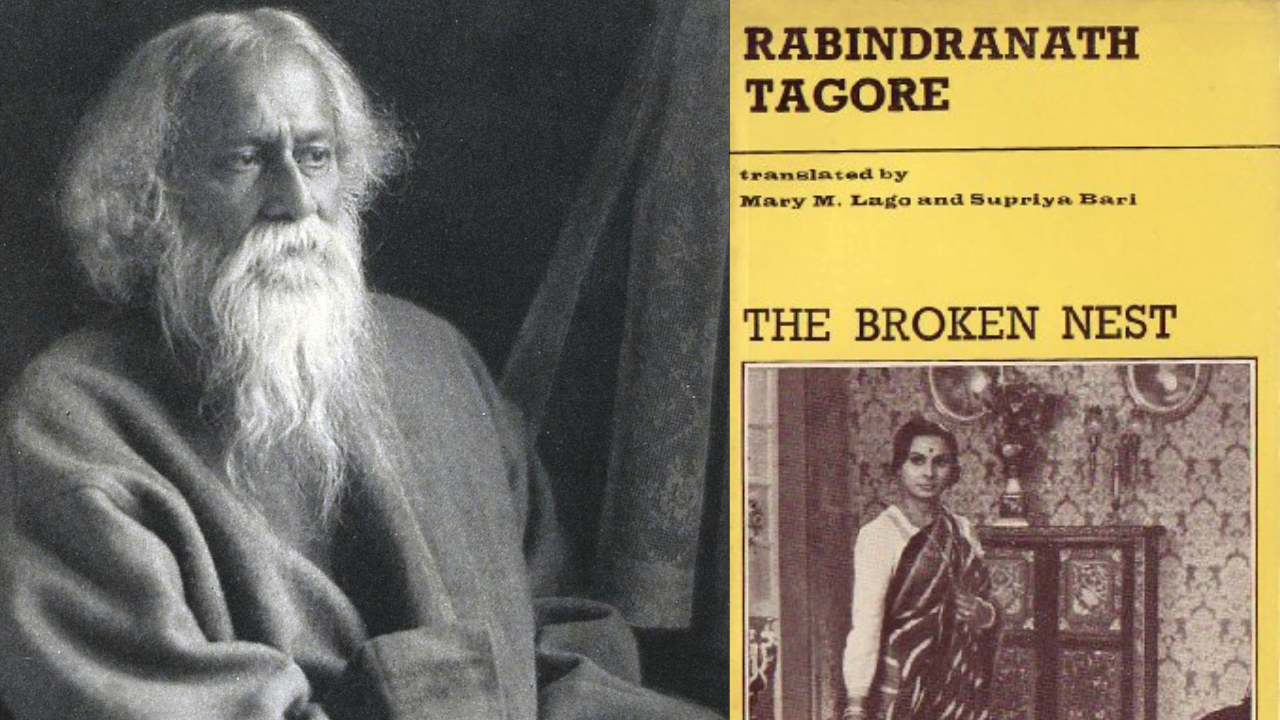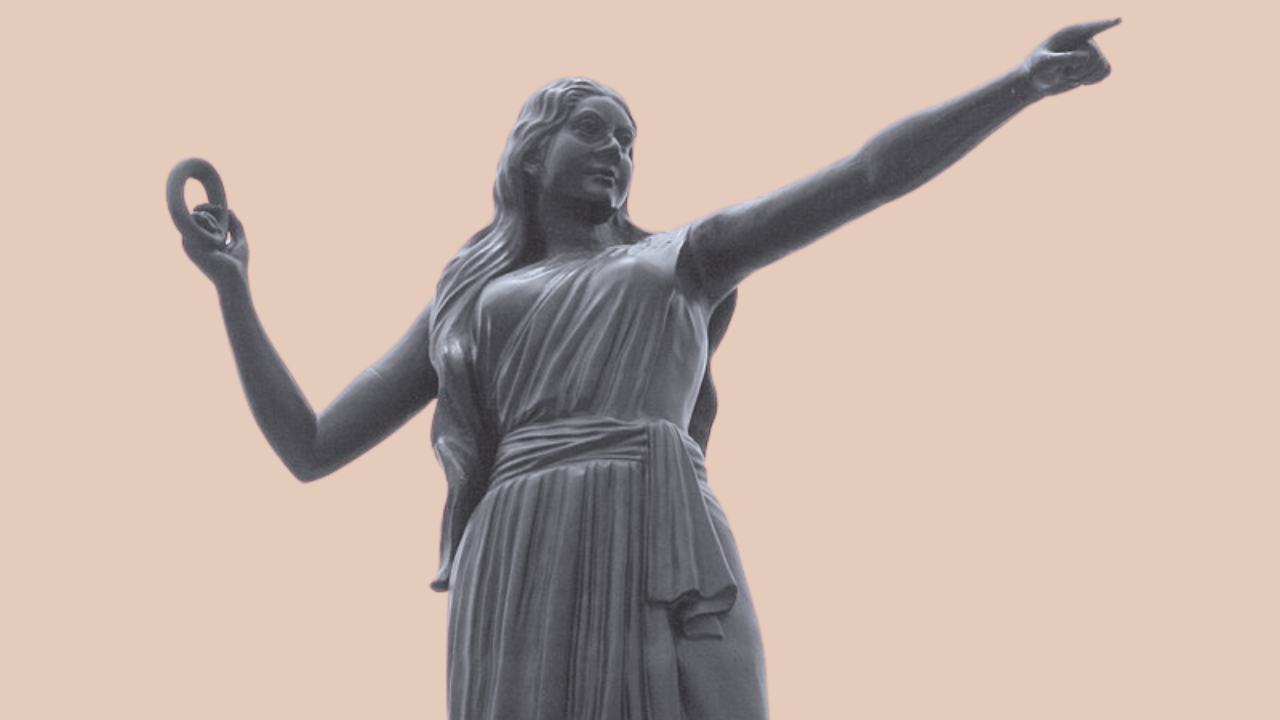Rabindranath Tagore as a proto-feminist was always ahead of his time when it comes to the thoughts, and actions of his female characters or their overall portrayal of his female characters especially in his short stories. In fact, most of his short stories have female protagonists and the plot revolves around their emotions. The female characters varying from Charulata in Nashtanir, Mrinal in Strir Patra to Binodini in Choker Bali have always challenged the societal norms and reflected a line thought that those rooted in patriarchal thoughts would term “bold” even today.
The plot of the short story Nashtanir revolves around a degraded, habitual married life of a young, lively wife Charulata who is educated, and talented but very lonely. Her husband Bhupati is a rich, educated, upper-class Bengali man who is very ambitious and immersed in his work. Because of this, he ends up neglecting his wife. Like every other marriage, Charulata and Bhupati are a lovely couple who seem happy on the face of it. But Charulata’s free spirit is confined and she yearns for more in terms of emotional and conjugal comfort. As a way of providing Charulata with a companion, Bhupati brings home Charu’s sister-in-law who stands as a typical embodiment of values that society expects women to abide by.
Charulata does not find her company wanting, instead, she ends up growing close to Bhupati’s young brother Amol. Amol helps Charu develop a love for literature, considers her as his equal, and gives her time and attention, which Charu had always yearned for. This results in Charulata falling for him which decides the ultimate predicament for all characters of the story. Nashtanir brings out feminist ideals and the complexities of male-female relationships and the emotional and physical crisis in a married woman’s life, especially after years of being in that marriage.
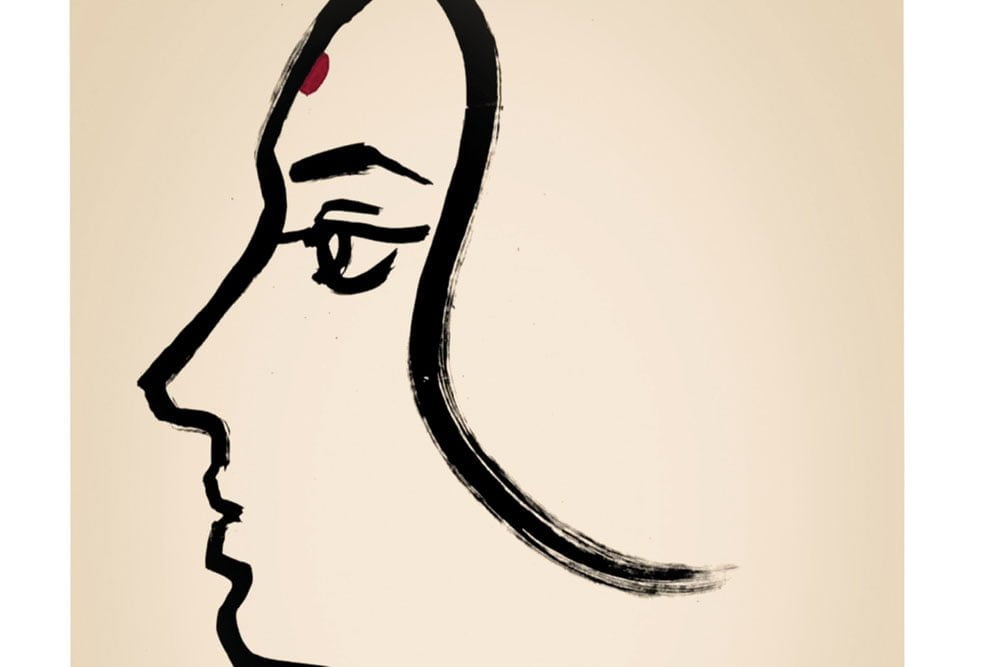
The story highlights a crisis in the conjugal life of Charu and Bhupati. As Charu yearns for a companion and has a vigour for a romantic life and arts, Tagore highlights the idea of a boring sense of “familiarity” and “habitualness” years after marriage.
The other woman
To start with, Charulata as a woman in then Bengal breaks the stereotype associated with women as she is educated, and takes an immense interest in literature. She defies the societal conception as she equals her husband when it comes to intellectual wealth. One can clearly contrast her with Mandakini who finds pleasure in knitting, cooking and gossiping as was considered typical of women then, while Charu despises it.
Also Read: Satyajit Ray’s ‘Devi’: Deification As Destruction?
What one can observe here is that Mandakini does not have a character personality of her own instead she acts as a shadow that makes Charu’s character as a non-typical Bengali female in that period of time more prominent. In this way, one can see how women like Mandakini unknowingly make women like Charu look “different” or “the other” and contribute to the strengthening foundations of Patriarchy.
An unavailable husband
At the emotional level, all major male characters of the novel hurt and let down Charulata. Firstly, her husband, who as the novel makes clear works because of the endless time on his hands and his intellect, and not because he has the need to do it. It was not as if he “could not” have spared time for her. While being a very understanding man and competent editor, Bhupati fails to be what one would in modern terms call “available” for his wife and understand her emotional, intellectual and physical needs. He fails to understand Charu’s need for a male companion who would match her interests and respect her opinions.
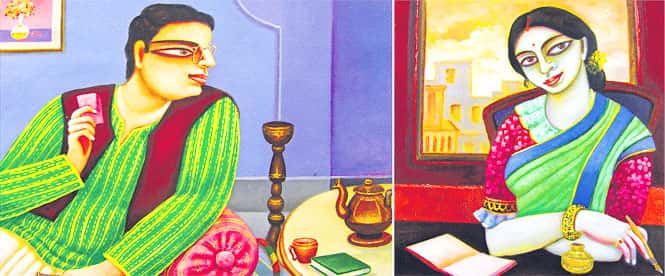
It is ironic how despite being a “progressive” man, he acts like a typical patriarchal husband who is ignorant of his conjugal life, takes his wife for granted and does not know how to prioritise her. He is selfish and egotist in the way that he devotes all his time to working at the same time wanting Charu to attend to his needs, be loyal and “wait” for him.
Additionally, one can see that though there is no direct indication of unrequited sexual love, one can pick a few hints here and there. We also see that Bhupati never considered Charu’s love for literature and poetry writing as something that, if spent time, could be developed into something more than just a hobby. Bhupati’s style of writing is more factual and it is because of this that he considers Charulata and Amal’s conversations about literature as something non-serious. Here we see how there is a sense of intersectionality between Colonalist and patriarchal ideas.
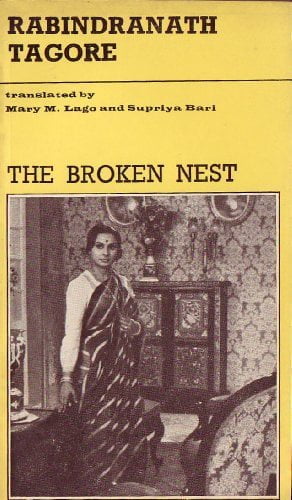
Throughout the story, something that is worth observing is that Bhupati comes off as a very considerate, understanding and kind man but that does not reduce the inherent Patriarchal mindset of assuming things about women and never consulting them. Throughout the story, from assuming that Charulata needs a female companion, to make other decisions that should have involved Charu’s consent, Bhupati in a large way restricted Charulata from exercising her agency.
Patriarchal disappointments
The introduction and interaction with another man Amal lead to Charulata realising her own hidden love for poetry and she finds a constant, fun companion in Amal, which she never found in Bhupati. Amal, as her male companion boosts Charulata to exercise her own agency as she takes a deep interest in literature, is a happier version of herself and also because she is Amal’s equal in their relationship. By portraying the easy bond that develops between Amal and Charulata as they are of the same age as compared to Charulata and Bhupati, Tagore takes a subtle dig at the then practice of marrying girls young when they are not even mature enough to understand their own needs.
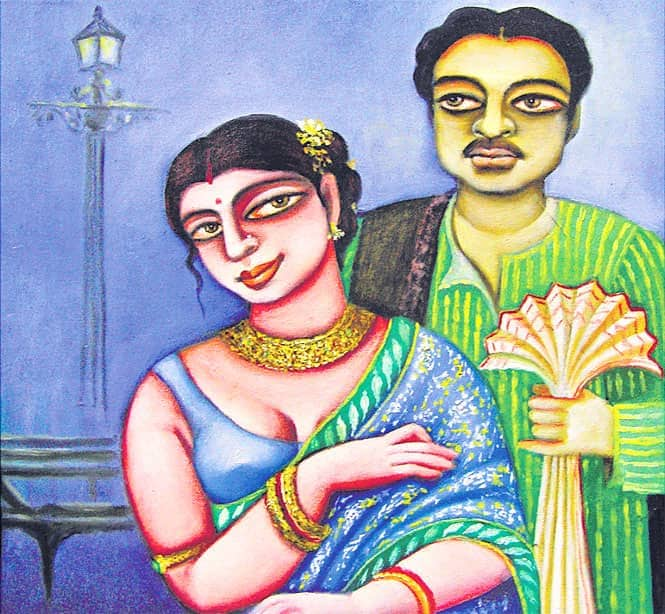
Compared to Bhupati, Amal by demanding different things from Charu like some dish or embroidery or other such seemingly insignificant things like these, makes her feel worthy of having the satisfaction of doing something. This way, he facilitates her to exercise her agency and assert her presence and identity in “her” house as a giver. One can see the deepening of this bond when Charu and Amal bond over their shared love for literature, she gets the necessary attention and validation that she never received from Bhupati.
However, despite being a modern young educated man, Amal is no exception to the patriarchal infestation. As one moves ahead in the story, it is this mindset that leads to miscommunication between the two. Amal’s male ego is hurt when Charu receives more praise for her very first composition than him. Additionally, Amal abandons Charu like every other male in the story.
On realising that Charulata has innocently in a way replaced Bhupati with him, Amal does not even go ahead to console Charulata, he just leaves her. He in fact feels more obligated to his brother and follows what he says without giving a second thought about even addressing the matter in front of Charulata, who has come to rely on him as a close friend.
Also Read: Inside The Fascinating Literary World Of Author And Feminist Leela Majumdar
What’s worse is that Charulata’s own brother Umapati, instead of being an emotional support to Charulata, adds to her sense of pain, guilt and perhaps humiliation. He swindles Bhupati’s accounts and then just absconds without even informing Charulata. Thus, this third male character appears as a weak character with no strength of conviction when compared to Charulata.
And the broken nest
This way, all three male characters fail Charulata, abandon her and contribute to her emotional baggage. As Bhupati absconds, Bhupati gives up his business, we see a subtle objectification of a woman being done here. Bhupati quite literally replaces his work with Charulata and expects her to be completely fluent in this transition. We see an instance of male jealousy and a sense of possessiveness over the wife by the virtue of marriage as Bhupati, who has suddenly become available for her expects her to be as close with him as she is with Amal even without putting in that much effort. And when he does realise this, Charu’s gone too far. And then, he abandons Charulata and goes off to Mysore.
For an average reader “Charu’s broken nest” is her fault and not that of her husband’s ignorance or the way society just ignores a woman’s needs. On knowing about Charu’s feelings, the way Amal retreats leaving Charu in a turmoil of emotions, without even attempting to comfort her subtly highlights that Amal is yet another figurine in the game of patriarchy.
In the end, it seems like the things between Charu and Bhupati won’t be the same anymore, no matter what. So, in a way, while Nashtanir highlights the problems in conjugal life, the mid-life crisis that a married woman might face and it also re-enforces the status quo of patriarchal notions. Neither only does Charu not get what she yearned for but she ends up in a more deteriorated state than she was. The only consolation perhaps is Bhupati realising that he should have given more time and shown more affection for Charu.
Nevertheless, Charulata despite feeling a certain sense of guilt never regrets her feelings, which makes her character strong as opposed to Amal who not just leaves his close friend without answers but proceeds to marry another girl just for the economic benefit which just highlights another patriarchal precept of marriage being an economic proposition.

Charulata, who starts the story as a beautiful young wife thus, emerges as a mature, strong woman despite carrying a turmoil of emotions within her. Despite the character development, this way, one sees, at the end of the story, Charulata stands in an even worse position than the one in which started off. Now, not only is she completely alone but she is experiencing a sense of never before seen emptiness. While the three men in the story move away from her and can move on in their lives, Charu is stuck in the house and surroundings that are full of bitter memories.
The story, the characters, their journey throughout the story and the ending, all of it make one wonder about Tagore’s farsightedness. In this world of an ever-increasing workaholic culture and constant competition, one is sure to find several Charulatas with a storm of emotions ranging within them, waiting for an expression.
